There is no doubt the sweet scent is what a rose is most famous for. Few, if any, would not like the scent this unique flower provides our gardens and how it can transform the aroma of a home with a vase of sweetly scented flowers permeating through many rooms. Yes, the rose has something few other plants can provide.
When listening to the radio or reading magazines the fragrance aspect of the rose seems to help the writer or presenter attract an audience when featuring this facet. It is easy to create interest and seems to be the most vital component of what makes a good variety. But how common is fragrance in roses and how does it relate to what consumers purchase?
A recent test in the US showed around 80% of roses possessed no scent, slight or moderate scent, with only 20% possessing strong fragrance. This proves that although a desired trait in real life the majority do not possess this attribute.
When looking at what roses are on the market and how popular they are some interesting observations take place. Yes we do see many fragrant roses as best sellers such as Just Joey, Double Delight, Baronne E de Rothschild and Mister Lincoln but they are well outweighed by the low or no scented best-selling roses including Pierre de Ronsard, Iceberg, Seduction, Gold Bunny, Kardinal, Princess de Monaco, Apricot Nectar, Bonica, Joyfulness, La Sevillana and Peace.
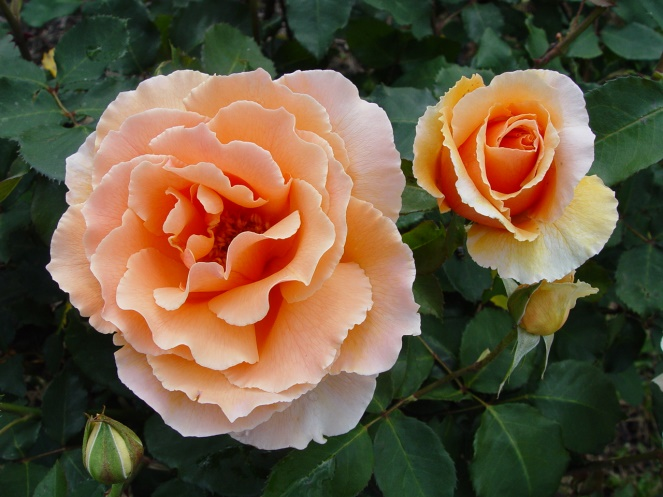
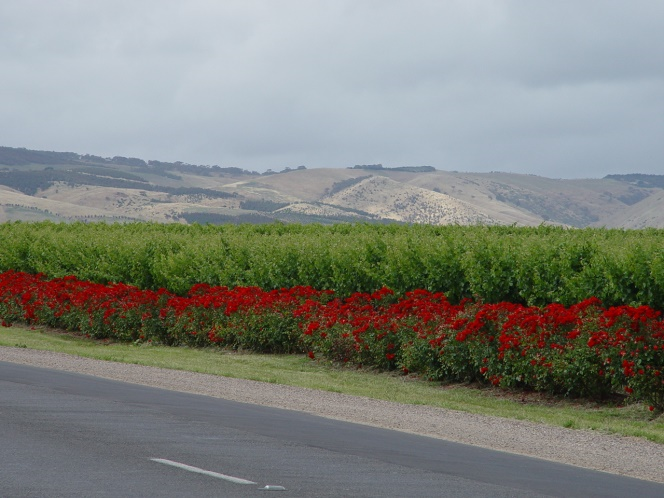
When looking at the biggest selling roses across the country I feel Flower Carpet series, Knockout series, Drift group of roses and Iceberg variations would clearly be the best selling roses in the marketplace. ALL are not known to have high amounts of scent yet all sell in large numbers. It is the mass flowering varieties that sell in multiple numbers giving high amounts of colour compared to single sales of individual scented roses which accounts for why non scented roses sell so well.
As one of Australia’s largest pure rose retailers we have considerable interaction with the consumer and have a very good idea of what they are interested in but mostly what they purchase.
We have identified most rose gardeners for us purchase primarily on the purpose the rose is needed for or how they wish to use it. ‘We want a row of standards along the drive.’ ‘We need a hedge to block out the neighbours fence.’ ‘I need small growing bushes in my town house garden’ or ‘I want roses to pick and bring inside.’ All uses or purposes. After use comes the flower they like or colour scheme followed by the other criteria such as size of plant, health, fragrance or thorns etc.
Of course there are large numbers of customers whose first priority is scent and it is interesting to note many times when their order is decided many selected are not highly scented. Why? Almost entirely it fits into our initial identification that after purpose (theirs is highly scented for picking) the next most important is flower and many times a flower is so liked it is selected even though no scent present.
We as humans are mostly visual beings. Unless visually impaired we purchase roses based almost totally on what we see. This is why gardeners study pictures in books or catalogues, look at roses in gardens or rose shows together with purchasing from stores based almost entirely on the colour label attached to the plant, or flowers growing in the pot.
Have you ever noticed the first thing someone does is go up to a rose flower and smell it? Wrong. Someone will see a rose they like and then go up to smell it. This is a fact identified through studying people’s behaviour at rose shows, gardens and in our office. If the rose has a strong scent I am sure the variety has been ‘sold’ and immediately is a desired variety they like. If no scent questions must now be asked. Is the rose flower loved so much that it does not really matter if little scent is found OR do I look at others and see if I can find a flower I like with a great scent.
Roses are part of the Rosaceae family which also included apples, pears, strawberries and blackberries. In all these plants scent is not as prevalent as the rose. Even in the early species not much scent can be found, however Rosa Eglanteria does possess foliage which has a distinct apple scent.
The fragrance in roses mostly comes from the Gallica and Damask groups. These once flowering varieties were native in southern Europe through Turkey to Syria. Named by the region they originated from Gallica (Gall region of France through to Italy) and Damask (roses from Damascus, Syria).
Identified as having a high level of scented oil the variety Trigintipetala would have to be the most famous of these early cultivars. These roses are grown by their thousands in vast areas with flowers harvested for their rose oil. This oil has been said to be more valuable than gold as around 120 kg of petals are needed to make around 20 grams of rose oil.

But although fragrance was identified and developed in roses in Europe they still only flowered once. The next stage in the evolution of the rose came with the travels to China from Europe. Here repeat flowering varieties were identified and brought back to local gardens and hybridisers. When cross pollenating began between the local roses and the imported varieties from China we now saw the birth of what we know as roses of today.
Sadly by using the repeat flowering roses from China we also saw the reduction of scent in the rose. Early bred varieties of this era were mostly Teas which got their name from being transported on the Tea Clippers from China. Although slight scent did exist it was Tea like in its origin and rarely strong.
With the continued development of roses in Europe other families were created with the group called Hybrid Perpetuals quite important with a wide range of colours, repeat flowering and many now possessing excellent scent. The development of the rose continued with the late 1800’s seeing the next big step when Teas were crossed with the Hybrid Perpetuals making what we now know as Hybrid Teas. These repeat flowering, modern style flowers were the early forms of what we currently have, yet many did not have too much fragrance.
Each year breeders around the world were carefully trying to develop new roses to entice the world’s gardeners to purchase. The 1900’s gave us mass flowering roses called Floribunda, small growing varieties we know as Miniatures with bright colours, and the continuation of the development of perfect long stemmed varieties. In most cases it was the creation of the rose for a use ahead of the creation of the rose for its scent which prevailed.
In England in the 1960’s a nurseryman started developing new roses to fill a niche in the market he thought was missing. He identified a need for repeat flowering old style roses and fragrance was an integral part of his creations. His name was David Austin and to me he will always be remembered not as a great rose hybridist (even though he was) but more as the genius who identified what the market wanted then created and delivered.
Currently science is helping with the development of the rose. Recently it has been identified that in the DNA of a rose there is a link between the health and scent. The sweet Damask scent we all know and love was linked with mildew and the spicy myrrh scent linked with good health. Have you ever noticed Mister Lincoln, Double Delight, Just Joey, Fragrant Cloud, Oklahoma and many other highly scented roses get bad mildew?
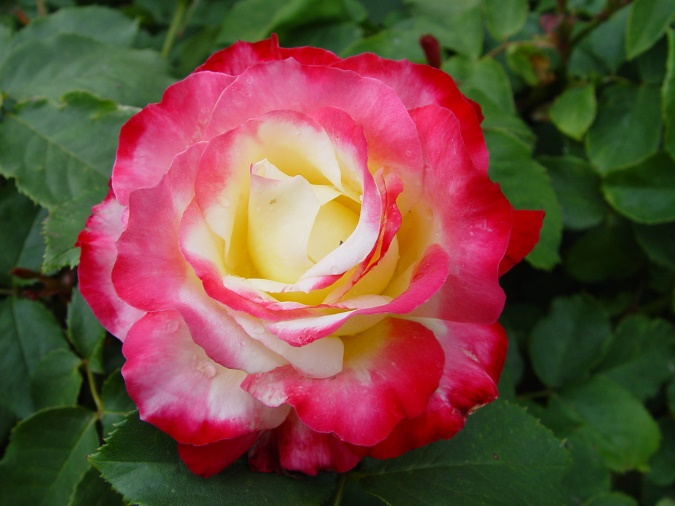
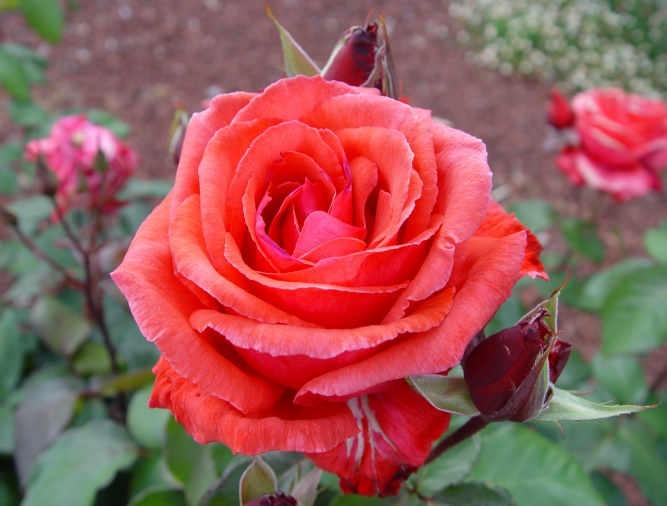
Breeders around the world are constantly developing new roses. As high health was their first priority selecting and introducing highly scented roses was only done if their health was good enough. Mostly selection was made on flower form, health, repeating with fragrance down the line.
Science has also helped with the future of rose breeding. A recent discovery of a gene “RhNUDX1” is responsible for the delicate rose scent we all know. Now identified this gene may help bring back scent in roses through genetic manipulation or careful hybridising. Scientists investigated the source of the strong scent in Papa Meilland found it was missing in the no scent rose Rouge Meilland. RhNUDX1 enzyme, which works in the cells of the flower petals, generates the well-known fragrance substance called monoterpene geraniol, the primary constitute of rose oil.
Now identified, the future in creating a higher percentage of scented roses is stronger than ever and the future looks bright for creating what most consumers want but hybridising has not been able to consistently deliver.
One of the more common questions I am asked is why do not florist roses have scent? We must understand what makes a good rose for florists to use and how scent does not fit into the picture.
Currently florist roses need specific criteria. They must produce X numbers of flowers per square metre/month, must last incredibly long when picked, must have a strong upright stem, must have strong petals, needs to have high health and need strong solid colours.
Genetically fragrant roses are mostly soft petal, have weak peduncles (weak neck), have poor colour retention and as stated previously are prone to health issues. One of the major factors for not having scent in a cut flower is the vital need for it to last as long as possible. The release of the fragrance oils in a flower hasten the opening and hence must be avoided to achieve the long lasting ability the market demands.
But all is not lost. From what I hear the major cut flower breeders are having great success in developing roses with all the needed attributes, last incredibly long and yes, have scent.
The rose is a wonder of nature possessing many differing scents. Experts have classified rose scents into seven main criteria being nasturtium, orris (like violets), violets, apple, clove, lemon and the sweet Damask scent. On top of this there is so much variation with a rose smelling spicy, fruity, powdery, woody, sweet, earthy or even like wine. Recently science discovered essential rose oil contained more than 400 components including honey, marigold, quince, geranium, pepper, parsley, linseed, raspberry, hyacinth, orange and moss. In rose oil only four compounds make up over 90% of the fragrance.
In roses generally darker colours of red and pink often smell what we often associate with a true rose scent, white and yellow often smell of violets, nasturtium and lemon while intense yellow and orange smell like fruits, nasturtium, violets and cloves. The strength of scent in most reds can be attributed to the lavender rose in its genetic makeup.
How we smell is also complicated. The compounds evaporate and we smell the volatile chemicals when they hit our nose receptors. Each evaporates at different rates which mean the rose fragrance can change over time.
An example is clove which evaporates 36 times more slowly than citrus so even though you can smell citrus next time it can smell more of clove.
Scent is one of our senses which bring back more memories than any other. All I have to do is mention coffee, coriander, cumquat, Chanel No 5 or passing of wind and our minds instantly create a picture link based on the experience where the scent was smelt. To identify individual scents comes from the length of life’s experiences and the remembering what the scent was linked with. For me the smell of cloves for some reason links with going to the dentist and apple crumble.
However this only applies to someone who has experienced this scent. It is pointless to say to a young child who has never smelt cloves that this scent smells of cloves. However the child will learn what the clove scent smells like and can associate when next exposed.
I am a little perplexed when I hear about trying to identify the strength of the scent of a rose.
With strength we have so many variables which diminish our ability to compare one sample against another especially when multiple samples are needed to be tested.
Over the years we have had many customers who tell us our recommendation for strong scent is wrong. Our recommendation is how we assess the scent and others can, and do, assess differently. In assessing scent we also have many outside factors. These cannot be eliminated so the assessing of a scented flower will vary immensely between sniffers. Does the assessor have strong perfume or cologne? Does the assessor smoke or have had their nose desensitised through work or injury? Do they have a strong body odour? How old is the assessor for age does diminish ability to smell as accurately when older.
All over the world rose societies conduct trials to assess new varieties entering the market. Many have considered fragrance to be so vital in the rose characteristics that it is judged and points awarded. In Australia we also have rose trial grounds and one is located in Adelaide. This trial tests various aspects of the rose to find those which prove to be the best varieties which fit the judging criteria. Recently the judging criteria have changed and are now the same as many of the world’s other trials with strength of fragrance worth 10% of points even though most roses in the trials will have no scent.
So how can a rose be judged for its strength of scent? We know it is possible to analyse the individual scent components in the rose but how do we judge its strength? I have been told a sniff of coffee clears the nose ready for the next sample to be assessed however is this not for analysis of scent characteristics and not strength?
It is also known that we lose our ability to determine strength of scent when numerous samples are assessed. In what order they are assessed will give a huge advantage or disadvantage based purely on where they are located.
My point relating to the visual aspect of liking roses cannot be ignored. Unless all assessors are visually impaired some form of ‘blind’ test would be needed to eliminate visual liking. This is why when testing wine all are in plain glasses with no influencing classy bottles seen to sway the judge through visual stimulation. With roses men generally prefer red, women pastel colours, with Rose Society members appreciating the perfect flower form, yet Heritage Rose lovers appreciate single or old style flowers more.
It would also be most important to have an equal balance of men and woman. Men have the ability to pick up apple scent while the woman can smell the citrus component in any rose. We also have the differences in personal likes. Men prefer spicy myrrh scent but not really liked by women. Women will love the sweet Damask scent much more than the men will.
Several years ago a variety was entered into the Adelaide trials. It was awarded a high score of 5.5 out of 10 for the fragrance component yet was not the highest score. This variety was sent to Japan and tested by the perfume house Jurlique who assessed it as having the highest scent component in any rose they had ever tested. As a result it has been taken by Jurlique for their production of scented oils to be used in their cosmetic range.
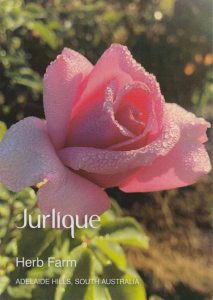
It just shows how hard it is to accurately judge strength of scent.
For me I love the unique scent a rose possesses and know it is what most people want, but also realise that some of the best varieties in the world having little or no scent. The ideal garden may have to be compromised to having a number of highly scented varieties in among a number of excellent flowering varieties with no scent. Really the best of both worlds.
References
‘The Smell of Roses’ by Anna Zverkova
‘Ross Guide to Rose Growing’ by Deane Ross
‘Classic Roses’ by Peter Beales
‘ARS rose lecture’ by Tommy Cairns
Created 27/9/2019
